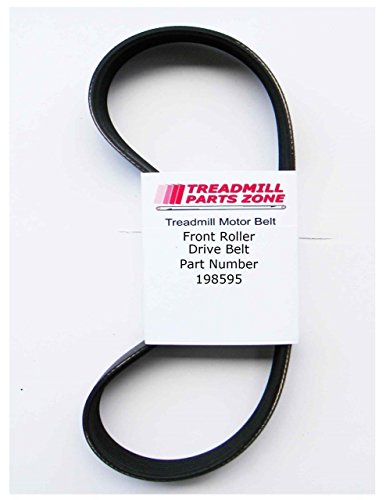Tips for Buying a Treadmill
Thinking of buying a treadmill? When shopping around, there are several important factors to consider:
-
Motor Power
Look for a treadmill with a continuous-duty motor rating of at least 2.0 horsepower. For running or if you weigh more than 180 pounds, opt for a motor with a rating of at least 2.5 horsepower. DC-driven motors are recommended for their energy efficiency and lower repair costs.
-
Belt Size
Choose a treadmill with a two-ply belt that is at least 20 inches wide and 55 inches long. A smaller belt can restrict your stride, especially if you have long legs.
-
Deck Thickness
Ensure that the treadmill deck is at least a quarter-inch thick. High-quality decks provide low-impact cushioning, absorbing shock and reducing strain on your joints. This feature is particularly beneficial if you have injuries or recurring foot, back, or shin problems.
-
Display Panel
Look for a display panel that shows all necessary information at once, with large and easy-to-read numbers. Avoid scanning displays that rotate readouts, as they can be distracting. Make sure the display shows speed, distance, incline, and time elapsed.
-
Controls
Push-button controls are preferable to dials or switches. Sliding switches can be imprecise and difficult to adjust, especially while running. Ensure that the controls are easily accessible and can be operated while you’re in motion.
-
Frame Construction
Choose a treadmill with a welded frame for sturdiness and stability. Steel frames are common, but more expensive models may use aircraft aluminum for its shock-absorbing properties, lightweight design, and rust resistance.
-
Handrails
Handrails are essential for safety, particularly for beginners. They should be long enough to provide support without obstructing your arm movements. Note that some models may not have side handrails.
-
Incline and Speed
Consider your fitness level and goals when choosing the treadmill’s incline and speed capabilities. Beginners should look for a treadmill with at least a 10% incline. Walkers need a speed capability of 5 mph, while runners require 8 to 11 mph. Start with a slow speed to avoid injuries.
-
Safety Features
Check if the treadmill has a safety key to prevent accidental activation by children or pets. Look for models with panic buttons or automatic shut-off mechanisms that can instantly cut off power in case of emergencies.
-
Warranty
Read the warranty terms carefully. Ensure that the warranty covers your weight if you exceed the specified limit. Ideally, the frame should have a lifetime warranty against manufacturing defects, while other components should have a warranty of one to three years for parts and labor. Avoid treadmills with only 90-day warranties. Additionally, check the return policy to ensure you can return the treadmill if it doesn’t meet your expectations.
When buying a treadmill, gather information from various sources to make an informed decision that aligns with your budget and fitness requirements.







